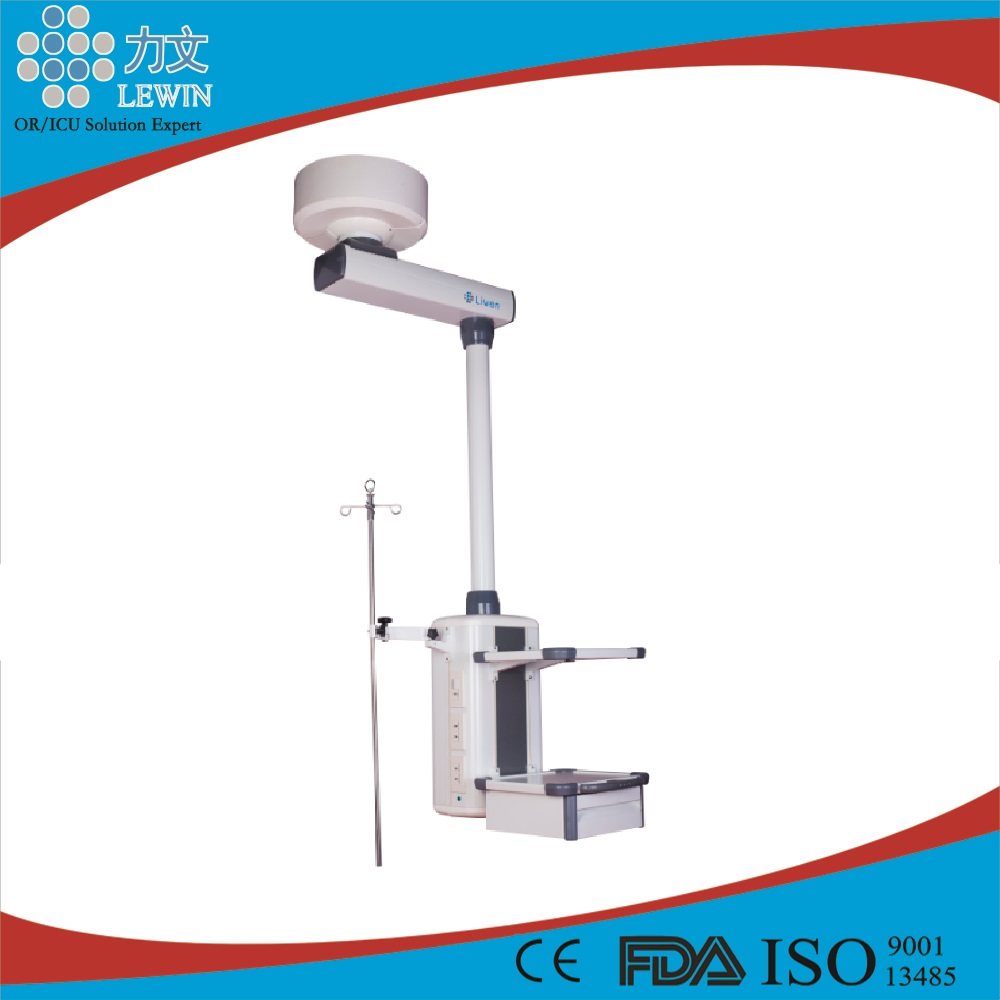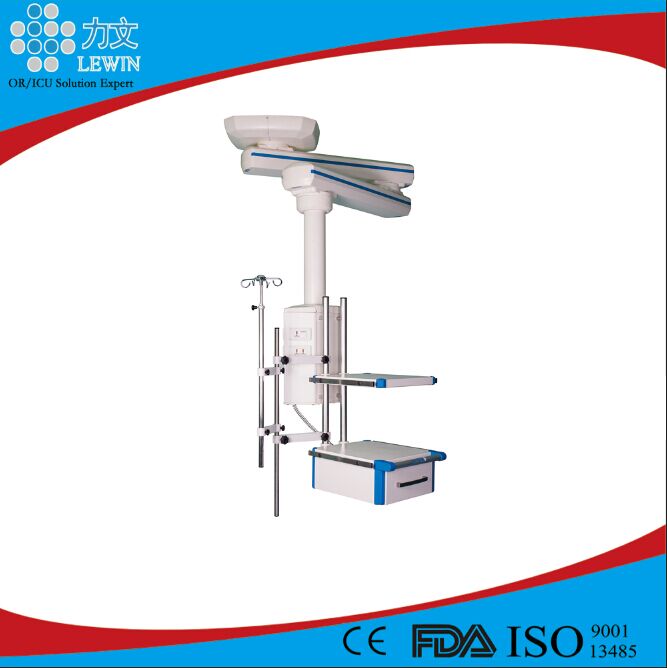1. Symptoms: (1) Foliage symptoms. Occurred early in the leaf margin, lesions are round or irregular, water stains at the beginning, after turning into a dark brown, sometimes with a ring pattern, easy to perforate when rainy and high humidity. The late stage occurred at the base of the leaves, mostly caused by the detached petal infection, and it often spread to the onset of culms. (2) Flowering symptoms. The sclerotia of ascospores can easily infect the petals, causing the petals to fade and give early thanks. (3) symptoms of stem branches. The disease was pale yellow-brown in early stages, and the disease was mostly soft and rot-like when the weather was wet. When the disease was dry, the disease area was light brown. The diseased part became white or off-white. The cortex was easy to separate from the xylem, and it was broken into a hemp-like shape. Hollow, later in the stem, black sclerotia such as mouse excrement were born, and the diseased part died earlier. 2. Influencing factors: (1) The number of nucleus of Sclerotinia sclerotiorum overwintering over winter is large, and the climatic conditions are favorable to the generation of ascarid and ascospores. The flowering period coincides with the spore release period of sclerotia and the weather is wet and rainy. It is easy to cause S. sclerotiorum epidemic. During the flowering season of rapeseed, the monthly precipitation is more than 100mm. If the rain is more than 10 days, the relative humidity in the field is more than 85%, and the disease is heavy. If the rainfall is less than the above-mentioned indicators, but more dense fog, the rapeseed bacteria The occurrence of nuclear diseases is also heavier. If there is less rain and fog during the flowering season and the relative humidity is lower than 75%, the disease will be lighter. (2) The difference in incidence among different rapeseeds was significant. The incidence of rapeseed rape was the heaviest, and the incidence difference among the rapeseed varieties was also very significant. (3) The incidence of rice oil rotation in the cropping area is lighter than that in the dry oil rotation cropping area. The incidence of large rape planting density is heavier, while the partial nitrogen fertilizer application and poor drainage are also more serious. Second, prevention and control technology 1. Agricultural control: Select disease-resistant varieties; appropriately sparse or adopt a wide and narrow row of transplanting methods; excavate the drainage ditch so that the rain stops dry; reasonable fertilization, especially to control the amount of nitrogen fertilizer. 2. Chemical control: (1) Control measures. Since the onset period of rape sclerotia lags behind the flowering period of rapeseed, the incidence of sclerotinia is closely related to the length of rain and fog during the flowering period. Therefore, the principle of “prevention is the main, and the flowering process is to take the initiative†should be followed. (2) Control period. The optimum period for controlling Sclerotinia sclerotiorum was 100% of the flowering rate of the main stem of rapeseed to 80% of the flowering rate of the first branch. It was observed that after observation, the flowering rate of the main stem of rapeseed reached 25%, and the flowering rate of 8-9 days could reach more than 90%. In order to facilitate the control in the prevention and treatment process, the main planting rate of rape can reach 80-100%, and it is the critical period for prevention and cure of Sclerotinia sclerotiorum when the branching and flowering rate reaches 95-100%. (3) Control methods. In the past, carbendazim was used to control Sclerotinia sclerotiorum for a long time. It was found that the mixed use of carbendazim and boron fertilizer had significant effects on disease prevention and yield increase. However, in the late 1990s, local S. sclerotiorum strains were found to be resistant to carbendazim, and the disease resistance of strains was increased by 10-20 times. Therefore, it is not suitable to use carbendazim and its compounding agent to control Sclerotinia sclerotiorum, and sclerotia net, iprodione and its compound can be used.
Increasing complexity of operation theater/ICU equipment requires Medical Pendant more expansibility, reliable, convenience. Lewin series medical pendant combined LEWIN abundant operation room/ICU equipment produce and integrate experience, the design follows human body enginerring principle; The ceiling pendnat function fits doctor and patient's actual using demands, pay attention to convenient actual operation, can meet different environment demands, has highly cost-effective;
Creport5000 Series Medical Pendant Medical Pendant,Surgical Pendant,Hospital Pendant,Cavascope Pendant Shandong Lewin Medical Equipment Co., Ltd. , https://www.operatinglight.nl

Occurrence and control methods of rape sclerotinia
First, the occurrence of hazards